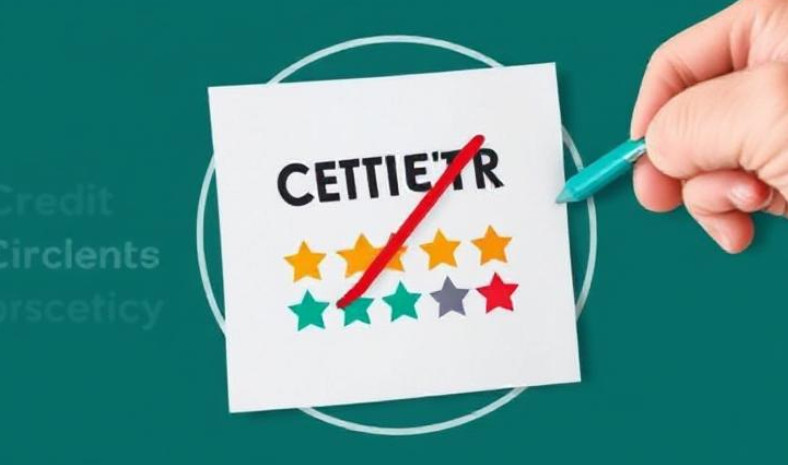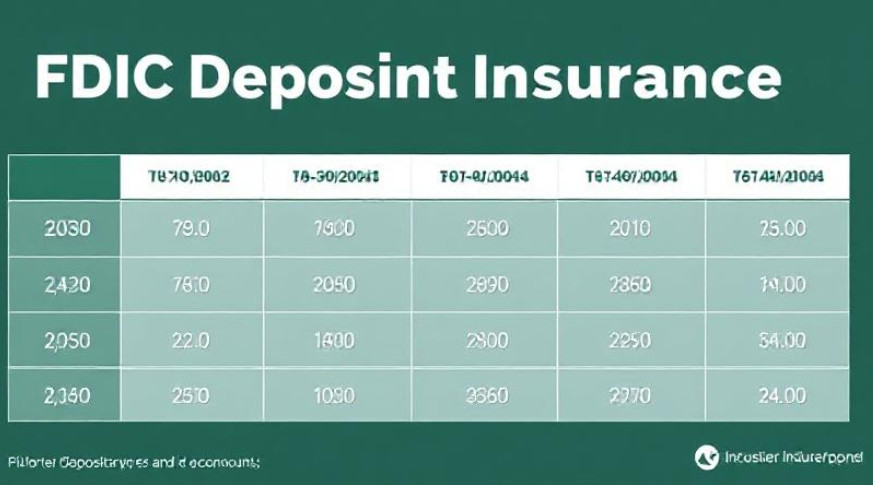HODL is a term originating from a misspelled word that has evolved into an acronym for “hold on for dear life” in the context of cryptocurrency and stock investing. It began on a Bitcointalk forum in 2013 when a user named GameKyuubi posted a whiskey-fueled rant about holding onto Bitcoin despite market volatility. The term became a humorous and rallying cry for long-term investors who resist selling during price fluctuations.
Origin of HODL:
• GameKyuubi’s post emphasized the challenges of trading and argued for a “buy and hold” strategy in bear markets.
• The post title was “I AM HODLING,” and memes quickly emerged around the misspelling.
HODL Strategy:
• The HODL strategy involves holding onto assets, such as cryptocurrencies or stocks, for an extended period, ignoring short-term market fluctuations.
• It contrasts with active trading and is based on the belief that the value of the asset will eventually recover, making selling during downturns less favorable.
• The strategy helps investors avoid emotional decision-making, capitalize on long-term gains, and defer capital gains taxes.
Benefits of the HODL Strategy:
• Emotional Resilience: HODLers avoid making impulsive decisions driven by fear or uncertainty.
• Capital Gains Deferral: Holding assets for the long term may result in lower capital gains taxes compared to frequent short-term trading.
• Reduced Stress: Investors following the HODL strategy don’t need to constantly monitor market movements.
Cultural Impact:
• HODL has become a symbol of commitment to long-term investment strategies.
• The term is often used to encourage others not to succumb to FOMO (fear of missing out) or FUD (fear, uncertainty, and doubt).
• It has gained popularity in the cryptocurrency community but is also applicable to traditional stock investing.
Conclusion: HODL is a playful and widely recognized term that captures the essence of the “buy and hold” investment strategy. It has become part of the cryptocurrency culture and is used to promote a patient and resilient approach to investing in volatile markets.
HODL & Cryptocurrency:
1. Long-Term Optimism: Many cryptocurrency enthusiasts believe that holding onto cryptocurrencies for the long term will yield significant returns, driven by the potential future adoption and acceptance of digital currencies.
2. Limited Value Creation: While blockchain technology has various use cases, some argue that many cryptocurrencies lack underlying value. Cryptocurrencies, unlike traditional assets, don’t generate cash flow, relying on market demand for valuation.
3. Risk and Volatility: Cryptocurrencies, known for their price volatility, have seen numerous altcoins rise and fall rapidly. Some investors have experienced losses on trendy altcoins, emphasizing the speculative nature of the market.
4. Market Dynamics: The value of cryptocurrencies is determined by market demand, similar to collectibles or NFTs. The HODL strategy assumes that the asset will recover its value over time.
HODL & Stocks:
1. Expansion of the Term: HODL expanded beyond cryptocurrencies to encompass other volatile investments, including stocks. It gained prominence in discussions related to meme stocks like GameStop and AMC.
2. Online Chatter and Meme Stocks: Meme stocks, influenced by online discussions among retail investors, experienced rapid and speculative price movements. Some investors successfully capitalized on the volatility, while others suffered losses.
3. Buy-and-Hold Strategy: Traditional buy-and-hold strategies for stocks have been employed for centuries. However, the term HODL gained relevance in the context of meme stocks fueled by online communities and retail investor sentiment.
4. Fundamentals vs. Speculation: Meme stocks often lacked strong fundamentals, and their value surge was driven by online hype rather than underlying company performance. The HODL strategy faced challenges as investors had to distinguish between long-term value and short-term speculative trends.
Real Buy-and-Hold Strategy:
1. Foundation of Long-Term Investing: The genuine buy-and-hold strategy is rooted in a long-term investment approach, focusing on the fundamental value of assets rather than short-term market trends.
2. Investment in Fundamentally Sound Companies: Successful buy-and-hold strategies involve investing in companies with solid fundamentals, growth potential, and the expectation that their value will appreciate over an extended period.
3. Risk Assessment: While all investments carry risks, a prudent buy-and-hold investor conducts thorough research, assesses the financial health of companies, and makes informed decisions based on long-term prospects.
4. Distinguishing Between Speculation and Investment: The core of the buy-and-hold strategy lies in distinguishing between speculative market trends, driven by hype or sentiment, and investments in companies with enduring value.
In summary, while the term HODL originated in the context of cryptocurrencies, it has expanded to encompass various volatile assets, including stocks. The success of a buy-and-hold strategy relies on sound fundamentals, thorough research, and a focus on long-term investment goals.
Should You HODL?
Whether you should adopt the HODL strategy depends on various factors, including the nature of your investments, your financial situation, and your overall investment strategy.
For Fundamentally Sound Companies and Index Funds:
1. Yes to HODLing: Holding onto fundamentally sound companies and index funds during bear markets is often a sensible strategy. These companies, with strong balance sheets, are likely to recover and demonstrate long-term growth.
For Digital Currencies, Meme Stocks, and Tech Stocks:
1. Different Considerations: The decision to HODL becomes more nuanced when dealing with digital currencies, meme stocks, and unprofitable tech stocks.
2. Market Uncertainty: Cryptocurrency markets, in particular, are characterized by uncertainty and regulatory ambiguity. The future of these markets, as well as the stability and usefulness of specific coins, remains uncertain.
Considerations Based on Net Worth:
1. Wealthier Investors: Wealthier individuals may have more flexibility to engage in high-risk, speculative investments.
2. Limit on Speculative Investments: It’s advisable to limit speculative investments, such as cryptocurrencies and unprofitable stocks, to a small portion of your overall net worth (e.g., around 5%). The majority of the portfolio should be allocated to more proven and stable assets.
Final Thoughts:
1. Managing Volatility: Holding volatile assets for the long term can be a sound strategy to manage market volatility and emotional reactions.
2. Distinguishing Investments from Speculations: While fundamentally sound investments have the potential for long-term growth, assets that do not generate revenue may be speculative rather than true investments.
3. Balancing Risk: Speculating on high-risk, high-potential return assets is acceptable, but it’s crucial not to overcommit to speculative investments and maintain a balanced portfolio.
In summary, the decision to HODL should be based on the nature of your investments, risk tolerance, and overall financial strategy. While it can be a prudent approach for stable assets, caution is advised when dealing with speculative and high-risk assets.







